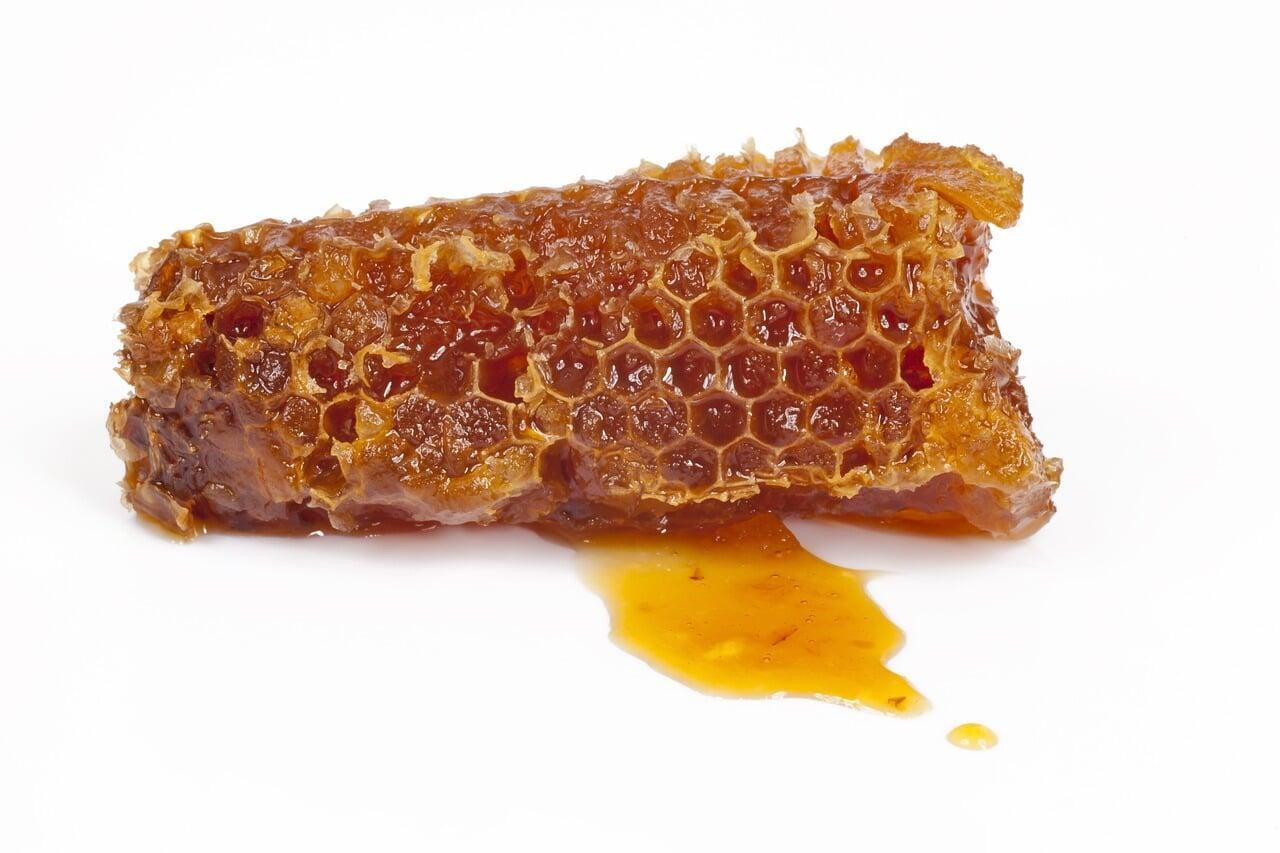Adulteration in Honey
Honey is often adulterated with other low-cost sweeteners like corn syrup, glucose, maple syrup etc. Addition of these sugars leads to following changes in the fundamental properties of honey.
- It reduces the viscosity of honey. Naturally thick honey can now stretch easily.
- It prevents honey from solidifying. Natural honey has a tendency to solidify with age and drop in temperature. Addition of artificial sugars allows honey to stay in a liquid state for a long duration of time.
Quality of Honey
Honey is extracted from cells of a beehive. If some of the cells in the beehive are not adequately covered with wax, it allows for a higher content of water in the extracted honey. Good quality honey will have very less amount of water content.
Home tests to assess the quality of Honey
Thankfully, it is easy to detect adulteration in honey. Following simple tests can be carried out at home to assess the quality of honey.
- Dissolution in Water: Add a small amount of honey to water. Pure honey will not dissolve easily. Sugar additives like fructose and glucose will dissolve quickly.
- Flame Test: Pure honey is combustible. Take a matchstick and light it. Now, drop a little honey on the unburnt part of the stick. Let the flame reach this part. If the flame extinguishes, it is because of high water content in the honey.
- Thickness Test: Place a little amount of honey on a bread slice. If the honey is pure, the bread slice will remain hard. If it becomes soggy, honey is not pure.
- Egg Yolk Test: Take an egg yolk. Add a little honey and beat them together. The colour of yolk will change as if the yolk is cooked. This shows honey is pure.
- Froth Test: Add a little amount of water to honey. Follow it up by adding a spoonful of vinegar. Stir it. If the solution gets bubbles, honey is adulterated.
- Stickiness Test: Rub a drop of honey between your fingers. Pure honey is not sticky. If your fingers feel sticky, it's probably other sugars.
Last but most important, when you go shopping for honey, do read the label. Most commercial brands will show the amount of fructose corn syrup/glucose/added sugars on the label (somewhere in small print). Don't go by price; buy the one with the least quantity of additive.
